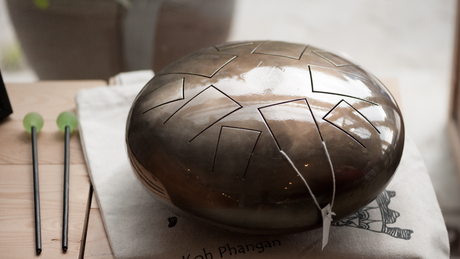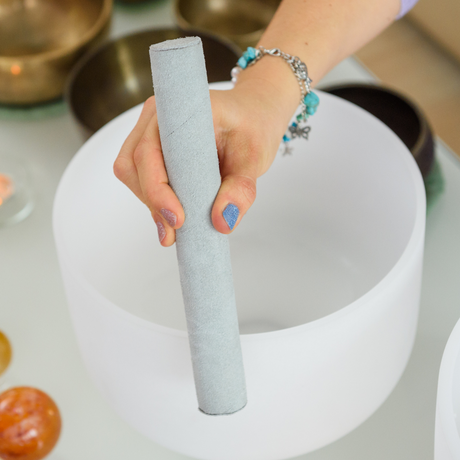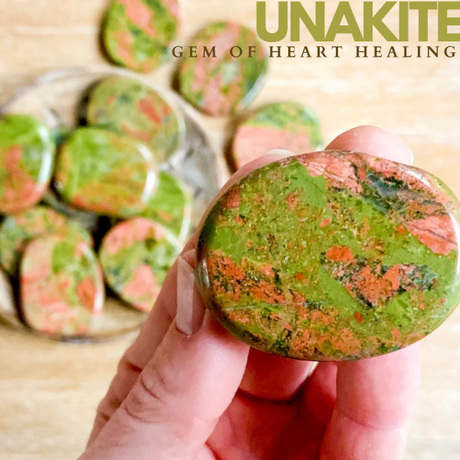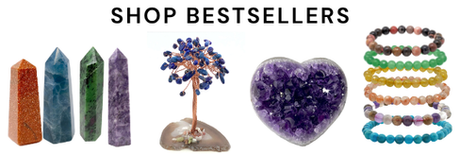With its glittering surface and gentle energy, aventurine is a gemstone that speaks to both the eye and the soul. Often green but found in many colors, this variety of quartz is known for its signature shimmer—a visual phenomenon called aventurescence. Whether you’re drawn to it for its beauty, its calming presence, or its symbolism of abundance, aventurine has something to offer everyone.
What Is Aventurine?
Aventurine is a type of microcrystalline quartz, formed when silica-rich fluids cool slowly within the Earth’s crust. What makes aventurine stand out is its tiny mineral inclusions—most often mica, fuchsite, or hematite—which catch the light and produce its trademark sparkle. This shimmering effect is what gemologists refer to as aventurescence.
Where Is Aventurine Found?
Aventurine is relatively abundant and found in several parts of the world, with notable deposits in:
-
Brazil – a major exporter of green and blue varieties
-
India – especially known for green aventurine carvings
-
Russia – produces a range of colors, often with subtle sparkle
-
Tanzania, Chile, Austria, and the United States also have smaller sources
Because of its global availability, aventurine is an accessible gem with widespread appeal.
Aventurine Colors and Varieties
Although green aventurine is the most popular, this quartz can occur in a variety of colors depending on the type of inclusion:
-
Green – due to fuchsite (a chromium-rich mica); associated with growth and abundance
-
Blue – colored by dumortierite or other minerals; often linked to inner peace
-
Red or Orange – contains hematite or goethite; thought to energize and motivate
-
White, Gray, or Brown – less common, more subtle in appearance
Not all aventurine sparkles, but even non-aventurescent varieties are appreciated for their soft luster and soothing color.
The Meaning of Aventurine
The name "aventurine" comes from the Italian word avventura, meaning "by chance"—a reference to its serendipitous discovery in the 18th century when a Venetian glassmaker accidentally dropped metal shavings into molten glass. That glass, called aventurine glass, bore a similar shimmer, and the name was later adopted for the natural stone.
Metaphysical Properties of Aventurine
In metaphysical circles, aventurine is often called the Stone of Opportunity. It's believed to:
-
Promote Prosperity: Said to attract abundance and support decision-making aligned with growth
-
Calm the Mind: Used to reduce stress and anxiety, especially in green and blue varieties
-
Enhance Creativity: Encourages imaginative thinking and self-expression
-
Balance the Heart Chakra: Particularly green aventurine, which is thought to support emotional healing
While not scientifically verified, many people find aventurine comforting to carry or wear, especially during times of transition or stress.
How Aventurine Is Used
Thanks to its hardness (7 on the Mohs scale) and durability, aventurine is used in a wide range of applications:
-
Jewelry: Earrings, bracelets, pendants, and rings made from aventurine are eye-catching and easy to wear
-
Carvings and Figurines: Popular in crystal skulls, animal shapes, and sacred symbols
-
Home Decor: Polished spheres, towers, or tumbled stones bring a sense of calm to living spaces
-
Spiritual Tools: Aventurine is used in grids, chakra layouts, or kept as pocket stones for grounding and intention setting
Find Your Sparkle with Aventurine
At Rare Earth Gallery, we source aventurine in a spectrum of colors, each chosen for its clarity, polish, and vibrant energy. Whether you’re seeking a meaningful gift, a soothing addition to your space, or a wearable reminder of abundance, aventurine offers a beautiful way to express it.











